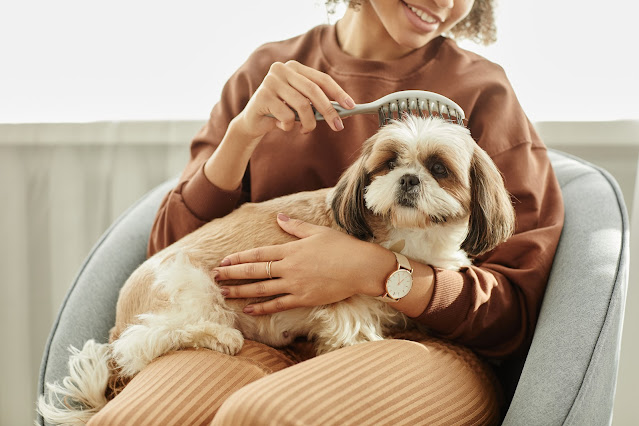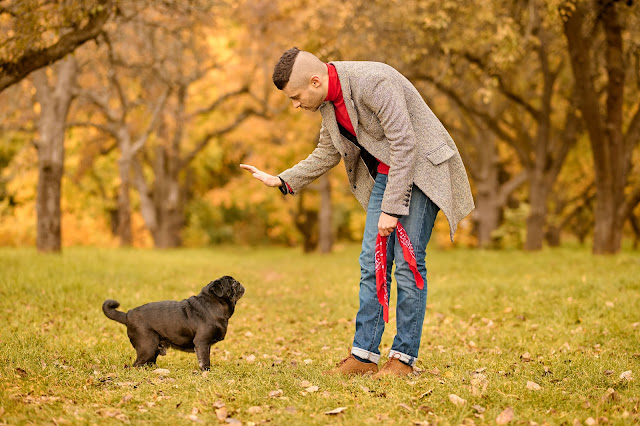Introduction
Grooming your pet is
an essential aspect in your friend’s life. However, the task can sometimes
become challenging when your pet decides to put up a resistance. Whether it's a
cat that despises water or a dog that turns into a scary monster at the sight
of a brush, handling a grooming-resistant pet requires patience, understanding,
and a strategic approach. In this article, we'll explore practical tips and
tricks to make the grooming process a more pleasant experience for both you and
your beloved companion.
Understanding the Resistance
Step By Step
One of the main and
most effetive strategies to overcome resistance is a gradual introduction to
grooming activities. Start by introducing grooming tools, such as brushes or
nail clippers, without actually using them. Allow your pet to sniff and inspect
the tools, associating them with positive experiences like treats and
affection. This step-by-step approach helps build trust and reduces anxiety.
Positive Feedback
Choose The Right Tools
Selecting the right
grooming tools can make a huge difference in your pet's comfort level. For
example, if your pet dislikes water, consider using waterless grooming wipes or
use a dry shampoos. Dogs with thick coats might benefit from a de-shedding
brush to minimize discomfort. Try different tools until you find the ones that
your pet likes best.
Establish a Routine
Consistency is the key
when it comes to grooming resistant pets. Establishing a regular grooming
routine can help normalize the experience for your pet. Stick to a specific schedule
for grooming sessions, and be patient as you adjusts to the routine. Over time,
they will become more accepting of the process.
Seek Professional Help
If your pet's
resistance continues despite your best efforts, consider seeking professional
help. Professional groomers are trained to handle various pet personalities and
may have techniques and tools that you haven't tried. Additionally, they can
offer valuable advice on grooming practices and recommend strategies to make
the process smoother at home.
Desensitization Exercices
Desensitization
involves gradually exposing your pet to grooming activities in a controlled and
positive way. For instance, if your dog is afraid of nail clippers, start by
gently touching their paws without actually clipping the nails. Gradually
progress to holding the clippers near their paws without using them, then
proceed to a soft press, and so on. This step-by-step approach help your pet
accept the grooming process.
Stay Calm & Be Patient
Pets are highly familiar
to their owner's emotions. If you approach grooming sessions with anxiety or
frustration, your pet is likely to pick up on these signals and become more
resistant. Stay calm, patient, and composed during grooming activities. Speak
to your pet in a soothing voice, and if they sense that you’re relaxed, they
may feel more at ease.
Conclusion
Dealing with a
grooming-resistant pet can be challenging, but with patience, understanding,
and the right techniques, you can enjoy the experience with your companion.
Remember to identify the main cause of resistance, and step by step introduce
grooming activities, use positive feedback, choose the right tools, establish a
routine, seek professional help if needed, incorporate desensitization
exercises, and above all, stay calm and be patient. By taking these steps,
you'll be well on your way to turning grooming sessions into a bonding
experience that both you and your pet can enjoy.









